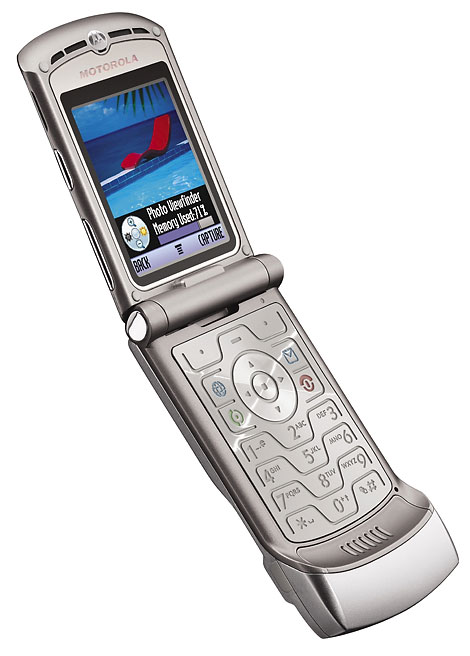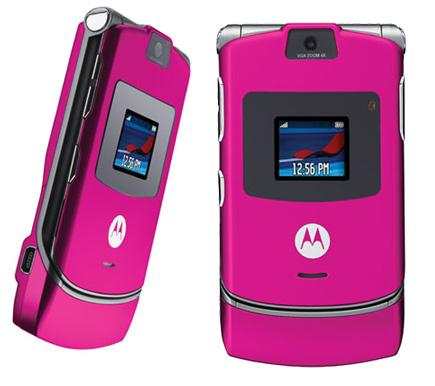Motorola’s current difficulties have got the doom-merchants chattering about a collapse similar to that experienced by Siemens and its subsequent disastrous sale to BenQ. At this stage these comparisons are nothing short of ridiculous.
Motorola is in a very different situation to BenQ-Siemens which found itself stuck as a “bottom feeder” trying to sell entry levels phones in an increasingly competitive market. The company lacked the scale to compete with Nokia which still controls this segment and most importantly its margins. Once Nokia dropped its prices by a few percent BenQ-Siemens was toast.
Motorola still has 12 percent market share (admittedly dramatically smaller than the 22.1 percent it had back in 2006) as well as a strong brand, global distribution, engineering and design capabilities and intellectual property. It is the market leader in the high value US market and is well known in major growth markets such as China, India and Brazil.
That said there is no denying the problems it currently has. Sadly it has fallen into the same trap that has blighted it in the past. The company seems to have a heritage of delivering “firework” products – the huge rocket goes up into the sky at the end of a firework display, the kids hold their breath in expectation and then there is a massive bang and eye dazzling display that wows the crowd – the best of the evening…. – and then that’s it…
There are several distinct examples of such products in Motorola’s history (see pictures below). The company defined the original mobile phone with its DynaTAC phone and built a dominant market share. By 1994 it had 32.5% market share versus Nokia which had approximately 21%. Further products emerged – the famous flip phone (Motorola MicroTAC) but Motorola relied too much on this design and was also late adopting GSM – this hurt its market share but it managed to deliver the StarTAC in 1996 continuing to hold off Nokia (26% share versus 20%). Nokia’s share even dropped a little in 1997 but quickly overhauled Motorola in 1998 when it failed to deliver a compelling successor to the StarTAC.
Fast forward to 2004 and Motorola’s share had dropped to 15%– BOOM! – it launches the RAZR and takes the market by storm – by 2006 it has 22.1% share but once again it had no answer once the RAZR burned out. Motorola had failed to learn lessons from the StarTAC and its over-confidence led to it becoming completely dependent on the design.
So why is this important and why do we need Motorola to get back on its feet? Well all the phones above had a disruptive impact on the market. The DynaTAC was the first truly “mobile” phone. The world fell in love with the “flip” phone when the MicroTAC was announced and the StarTAC looked like it had come from Star Trek. As for the RAZR – it defined “thin” and “fashion” (remember that pink version) but as was the case in the past – all the competitors just learnt from Motorola and piled on the pressure.
Motorola needs a new hero product – but this time it must make sure that it avoids any complacency and has the foresight to make sure that rather than putting all its eggs in one basket it has a portfolio of products that can compete on every level. Can it deliver this? Let’s hope so because a mobile phone industry without Motorola would be a little less great than it is today.
Motorola DynaTAC
Motorola MicroTAC
Motorola StarTAC
Motorola RAZR
Pink RAZR






 Twitter
Twitter
 Facebook
Facebook
 LinkedIn
LinkedIn
 Email
Email